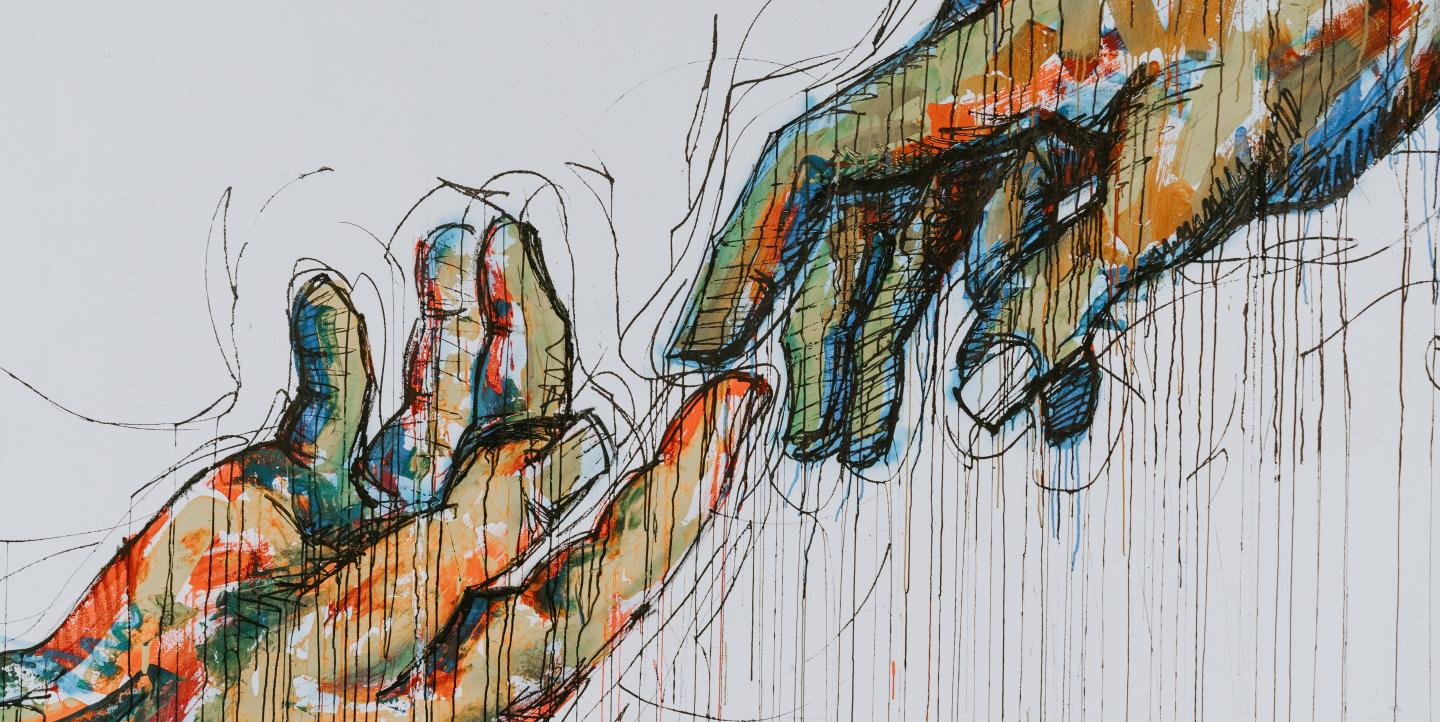Media and advocacy organizations have historically run on different tracks. However, for more than a decade now, an increasing number of advocacy organizations have begun to incorporate journalism in their work to tell important, underreported stories.
The self-described “experiential and art-based” The CARROT Co., is one such organization in Kenya skirting the line between advocacy and journalism today. The CARROT Co. uses video to address issues such as women’s rights, youth unemployment and global peace efforts.
This month, The CARROT Co. will release its documentary Frontline Women, which addresses the significance of women in peacemaking processes throughout Africa. The documentary aims to influence heads of state on the continent to address issues of peace and security — especially as they pertain to women.
Frontline Women shows the devastating effects of war and ongoing conflict focusing specifically on women’s lives. The film is set to be released during the African Union summit in January 2020.
According to Taye Balogun, founder and CEO of The CARROT Co, the documentary was inspired by an Oxfam forum in 2015 during which women participants discussed the role of women and youth in political leadership. It was through these discussions that the forum’s organizers realized it was precisely these voices that were missing from peacekeeping discussions.
Oxfam contracted The CARROT Co. to produce Frontline Women with this in mind. Through documentaries like this, The CARROT Co. believes it can reach communities that professional journalists — especially foreign journalists — cannot.
“The moment you understand [the people’s culture], you will be able to interpret them,” said Balogun, drawing a distinction with the practice of parachute journalism. “[Journalists] just go for two days, they want to get the story and publish it quickly. It's a big problem.”
The organization prides itself on understanding what’s happening on the ground in various African societies, and then translating that into a language and style that everyday people will understand. It’s a model Balogun describes as localizing the information.
“We are bridging the gap between the policymakers and the masses,” said Balogun. “[Whether] policy frameworks or development work, [messages] are not being tailored to the masses. This is a huge problem because the work is for the masses, but why is the language so difficult for an African citizen?” To overcome that challenge, they turn the language of the policies and information into stories that average people can understand.
In addition to Frontline Women, The CARROT Co. has produced videos about youth unemployment in Somaliland and Puntland, and about the role women played in the protests that erupted in Sudan in 2019 over inflation that led to the removal of former President Omar al-Bashir. The organization has worked with partners such as Oxfam, Crisis Action, Action Aid and Scratch Foundation.
While The CARROT Co. has found success creating multimedia projects to draw attention to underreported stories and to translate complicated issues into language that is easy to understand, merging journalism and advocacy isn’t always effective.
“The introduction of journalism-related work means organizations need to think carefully about the degree to which doing this work might detract from their other priorities,” said Matthew Powers, a professor at the University of Washington and author of the book “NGOs as Newsmakers.”
Advocacy organizations can also use other methods to merge journalism and advocacy, Powers adds. “Oftentimes, coverage goes beyond merely documenting a social problem, and instead offers ways news audiences might take actions to address those problems.”
There are voices for and against this merger between advocacy and journalism, but people like Balogun continue to stress the potential of the partnership. To him, journalists can learn many skills from advocacy organizations to better perform their job by shedding light and giving voice to communities often under-covered by traditional news.
Main image CC-licensed by Unsplash via Claudio Schwarz | @purzlbaum.

